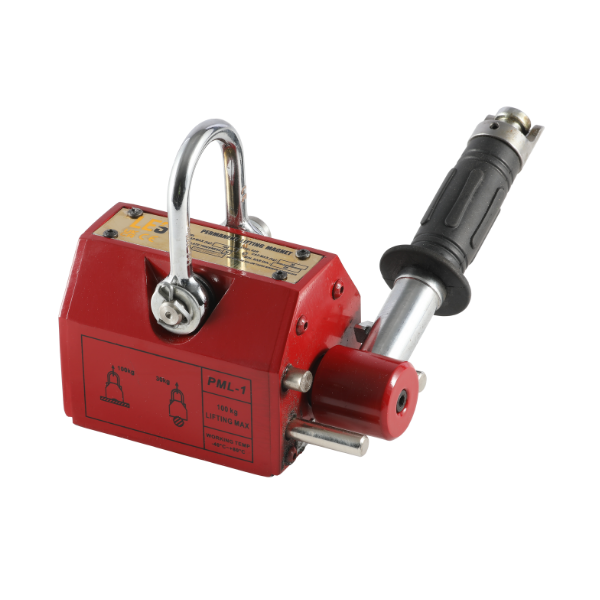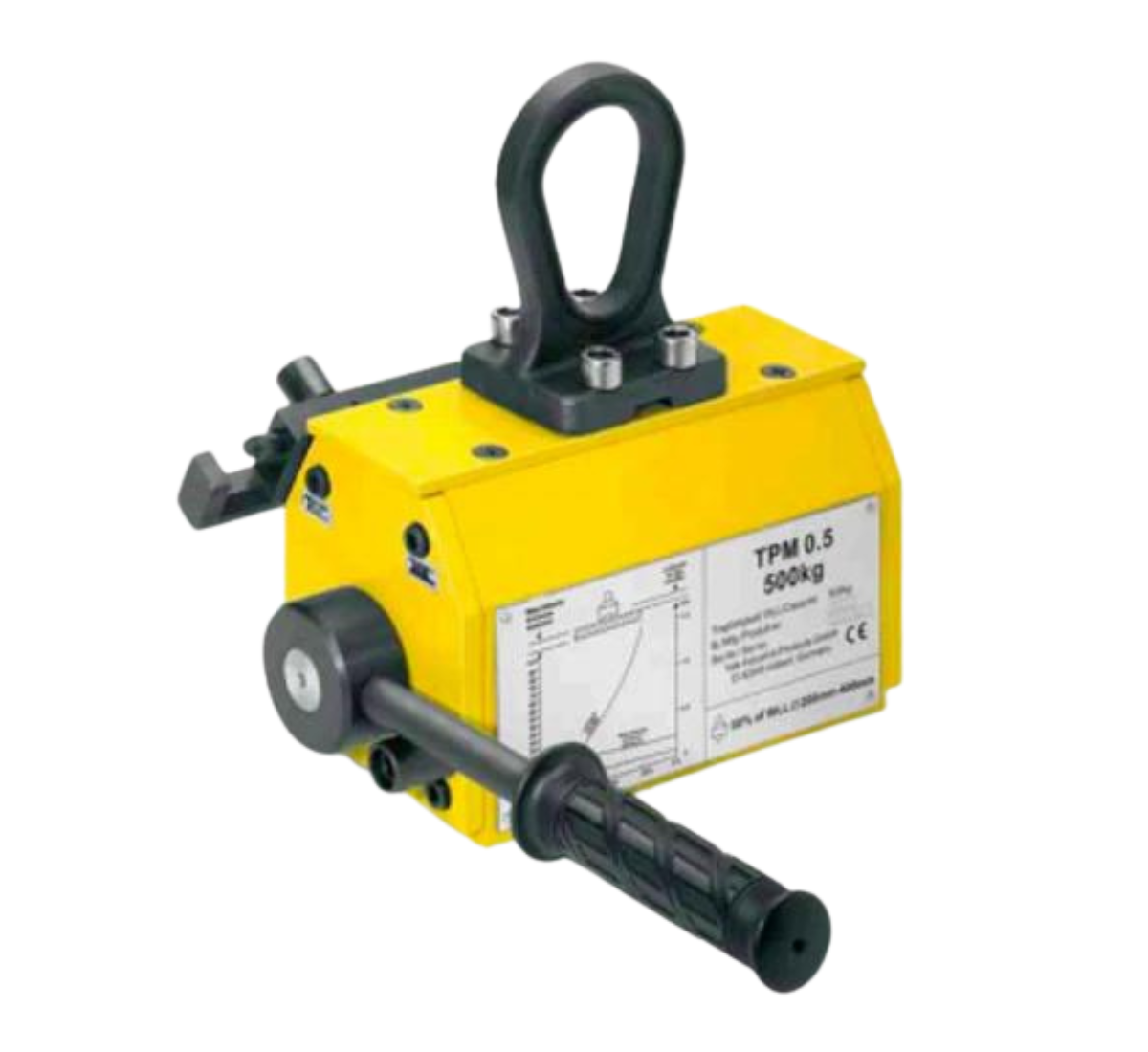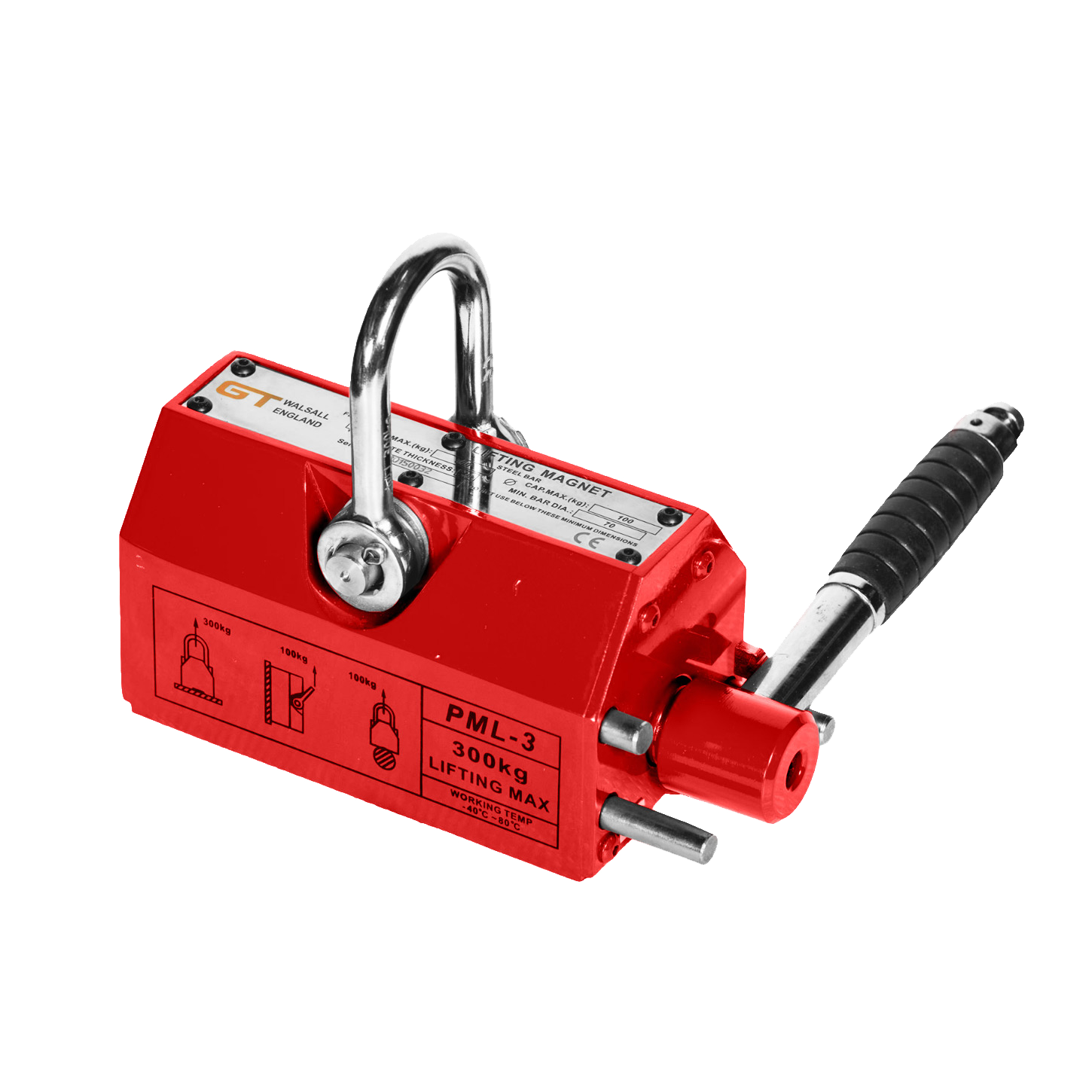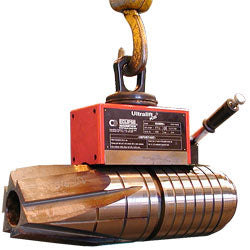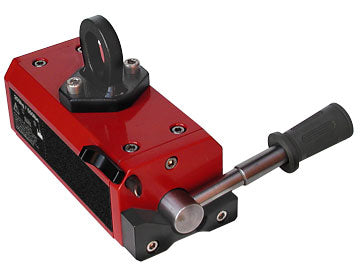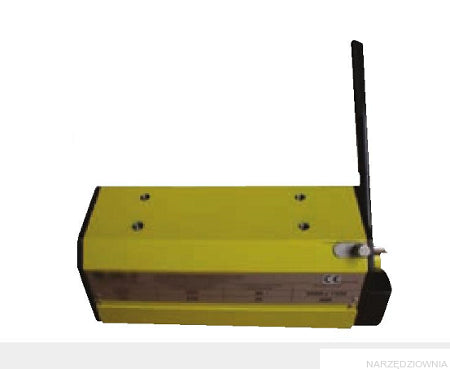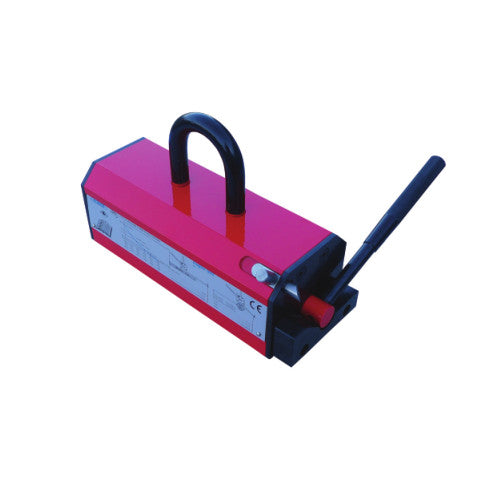Lifting Magnets
Explore our highly powerful lifting magnets, ideal for securely handling heavy steel and ferrous material loads. Engineered for safety and efficiency, our range of magnets provide exceptional strength and reliability for industrial applications. With durable, well-thought designs, coupled with ease of use, our magnetic lifters are perfect for improving productivity. Shop with LES - Lifting Equipment Store for premium lifting solutions you can trust.
YOUR GUIDE TO LIFTING MAGNETS
In material handling operations, lifting magnets have become a popular and efficient tool for moving ferrous materials such as steel plates, pipes, and scrap metal. These devices use powerful magnetic forces to lift and transport heavy objects, eliminating the need for slings, hooks, and other mechanical lifting tools.
WHAT IS A LIFTING MAGNET?
A Lifting Magnet is as the name suggests, a high-powered magnet that has been designed to lift a range of ferrous materials from small heaps of scrap to large heavy blocks. Lifting Magnets are portable allowing you to use them wherever required on your site.
HOW DO MAGNETIC LIFTERS WORK?
Thanks to excellent weight-bearing capacities and sheer power, Magnet Lifters are operated via an on/off switch or lever. Surrounded by a rotor, the magnets produce a magnetic flux/current when they are orientated in the same direction. Note that for optimal lifting, the air between the magnet and surface should be limited, if not eliminated. Once your lift has taken place, the rotor is turned off, releasing force and therefore load.
TYPES OF LIFTING MAGNET
Lifting magnets are typically divided into two categories:
Permanent Lifting Magnets: These rely on high-strength rare-earth magnets, such as neodymium, to generate their magnetic field. These magnets are "always on" and do not require any external power source. A lever mechanism is typically used to activate or deactivate the magnetic field, allowing the operator to engage or release the load.
Electromagnetic Lifting Magnets: This type of magnet lifter uses electricity to generate their magnetic field. When current flows through a coil wrapped around a metal core, a strong magnetic field is produced. Once the current is switched off, the magnetic field disappears, and the load is released. Some versions use electro-permanent magnets, combining the features of both permanent and electromagnetic magnets. These hold the load even if power is lost but still allow control over when to engage and release the magnet.
WHERE WILL I SEE MAGNETIC LIFTERS?
- Steel Fabrication & Manufacturing
- Construction Sites
- Shipbuilding
- Scrap Metal & Recycling
- Warehousing & Distribution
- Machining Shops
- Automotive Industry
ADVANTAGES OF LIFTING MAGNETS
Increased Efficiency: Lifting magnets offer a quick and efficient way to move metal objects without the need for slings, chains, or clamps. They provide rapid engagement and disengagement of the load, reducing downtime and increasing productivity in busy industrial environments.
Improved Safety: reduces the risks associated with manual handling of heavy or awkward loads. Operators do not need to touch the materials, which minimizes the chances of injuries caused by pinching, slipping, or falling loads. Additionally, electromagnetic models often include built-in safety features like fail-safes that prevent the load from dropping in case of power loss.
No Damage to Materials: Because lifting magnets do not require any physical clamping or gripping mechanisms, they leave no marks or damage on the surfaces of the materials being lifted. This is particularly advantageous when handling finished or delicate surfaces.
Versatile: Lifting magnets can handle a wide range of metal objects, from small parts to large plates, beams, and pipes. They can lift both flat and round materials, making them highly adaptable to different lifting needs.
Low Maintenance: Permanent lifting magnets, in particular, require little maintenance since they do not rely on an external power source or moving parts. Electromagnetic models require periodic maintenance of electrical components, but overall, lifting magnets are designed to be durable and long-lasting.
Energy-Efficient Options: Permanent magnets are energy-free, while electromagnets only consume power during activation and deactivation. This makes them more energy-efficient than some mechanical alternatives, contributing to lower operational costs.
DO MAGNET LIFTERS A BETTER CHOICE THAN CHAINS?
Thanks to excellent weight-bearing capacities and sheer power, Magnet Lifters are operated via an on/off switch or lever. Surrounded by a rotor, the magnets produce a magnetic flux/current when they are orientated in the same direction. Note that for optimal lifting, the air between magnet and surface should be limited, if not eliminated.
Once your lift has taken place, the rotor is turned off, releasing force and therefore load.
SAFETY CONSIDERATIONS FOR MAGNETS
As with all lifting equipment, lifting magnets come with their safety precautions. These can often be dangerous to work with, therefore you must consider the following:
Weight Limits: Each lifting magnet is rated for a specific maximum load. Overloading the magnet can lead to slippage or failure, so it is crucial to know and adhere to the magnet’s rated capacity.
Material Thickness: Magnetic strength is affected by the thickness of the material being lifted. Thin metal sheets may not provide enough surface area for the magnet to achieve a strong hold, which can cause the load to slip.
Surface Condition: Lifting magnets work best on clean, smooth surfaces. Rust, dirt, or uneven surfaces can reduce the magnetic grip, so it’s important to inspect and clean the surfaces before lifting.
Temperature: High temperatures can affect the performance of lifting magnets, particularly permanent magnets. It’s essential to ensure that the operating environment is within the magnet’s temperature limits to avoid a reduction in lifting capacity.
Power Supply: When using electromagnetic lifting magnets, always ensure that the power supply is stable and secure. Some electromagnets have backup battery systems to hold the load in case of power loss, but not all do, so understanding the specific safety features of your equipment is key.
Regular Inspections & Maintenance: When using electromagnetic lifting magnets, always ensure that the power supply is stable and secure. Some electromagnets have backup battery systems to hold the load in case of power loss, but not all do, so understanding the specific safety features of your equipment is key.
